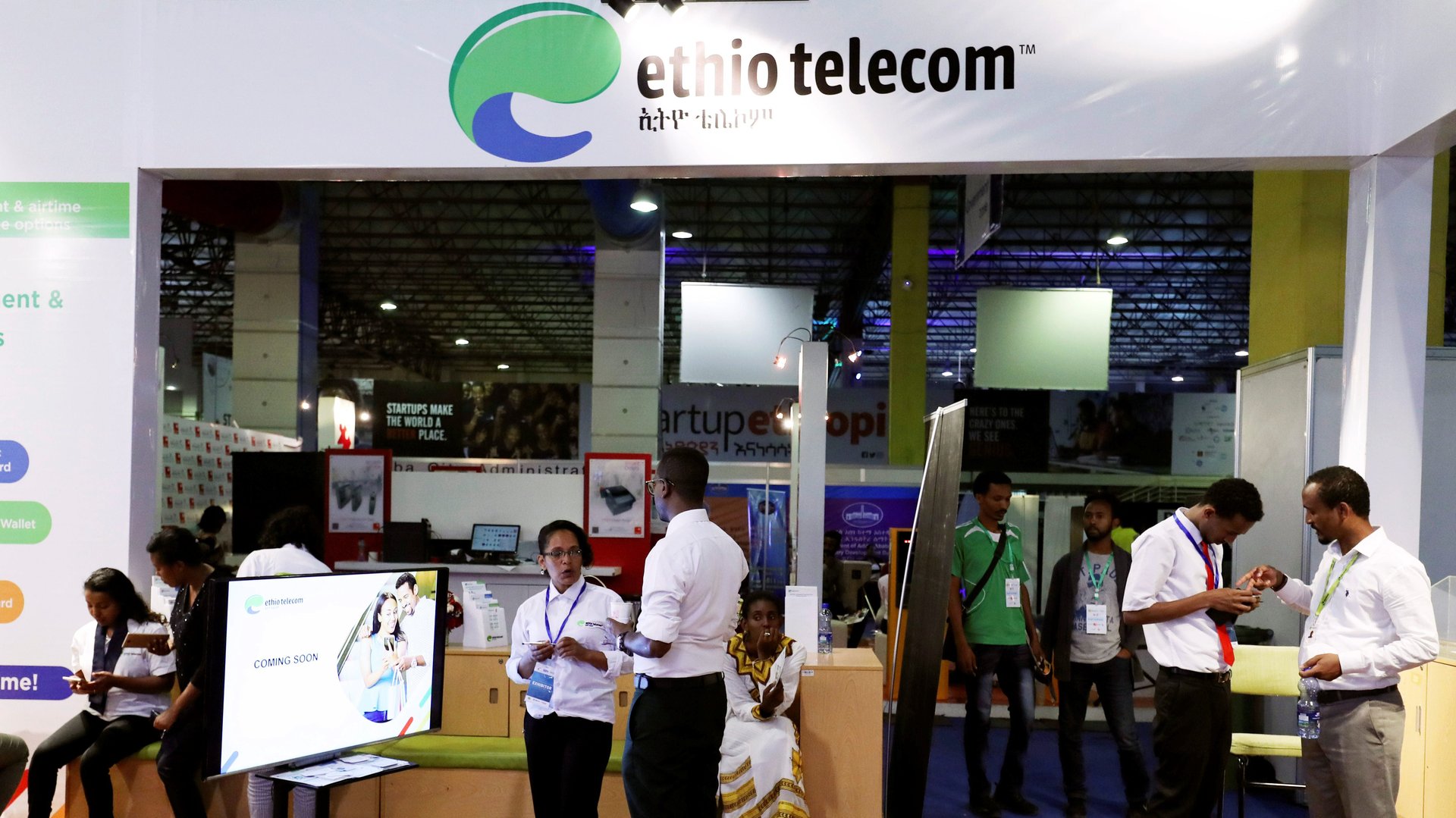Ethiopia’s economic miracle ride is set to turn into a bumpy road
Ethiopia’s rapid economic growth is one of the great stories of the 21st Century, but there are signs that the country’s boom may not be sustainable. Recent reports suggest government spending, not improved productivity, has been boosting economy. If the government’s investments don’t prove fruitful, and tax revenues don’t increase, the Ethiopian economic miracle could be in peril.


Ethiopia’s rapid economic growth is one of the great stories of the 21st Century, but there are signs that the country’s boom may not be sustainable. Recent reports suggest government spending, not improved productivity, has been boosting economy. If the government’s investments don’t prove fruitful, and tax revenues don’t increase, the Ethiopian economic miracle could be in peril.
In 2000, Ethiopia, the second-most populous country in Africa, was the third-poorest country in the world. Its annual GDP per capita was only about $620 (in 2011 dollars). More than 50% of the population lived below the global poverty line, the highest poverty rate in the world. What has happened since is miraculous. According to World Bank estimates, from 2000 to 2018, Ethiopia was the third-fastest growing country of 10 million or more people in the world, as measured by GDP per capita.
It hasn’t just been a matter of the rich getting richer. The prosperity has been relatively broadly shared. The country’s poverty rate fell to 31% by 2015 (the latest year Ethiopia’s poverty level was assessed by the World Bank). Life expectancy rose from about 52 in 2000 to 66 in 2017, and infant mortality more than halved over that period.
Any country making such progress would be cause for celebration, but because of its size, swelling population, and the depths of its poverty, Ethiopia’s gains are particularly heartening. By 2050, the UN projects the country to grow to over 205 million people, from around 115 million today, making it among the fastest-growing large countries in terms of population, too.
Yet there are now real questions about whether Ethiopia’s recent economic growth will continue going forward. The World Bank recently revised its projection for 2020 growth down to 6.3% from 8.2%, and to 6.4% for 2021 down from 8.2%. The World Banks says this slowdown will result from “tighter fiscal and monetary policy aimed at containing inflation.” The Ethiopian government still projects GDP growth of greater than 10% in 2020.
In the 2000s, about half of Ethiopia’s growth was due to improvements in productivity per worker, explained IMF Africa director Abebe Aemro Selassie in his July 2019 Keynote Address to the Ethiopian Economics Association. The remaining growth was a result of increases in the share of the employed population and capital investments. Although rises in employment and investment are useful, productivity increases are the best sign of sustainable economic growth. It means companies and people are getting more efficient at making goods and services, and it is rare that productivity gains are reversed.
In the 2010s, Ethiopia’s GDP growth was even faster than in the 2000s. Yet productivity growth stagnated, down to less than 2% per year, compared to over 4% in the 2000s. Productivity growth has mostly been replaced by increasing capital investment, most of which has been done by the government or state-owned enterprises, said IMF’s Selassie, who is originally from Ethiopia.
This has led the country’s debt to rise from about 40% of GDP to 60%. Most of this growth in debt has come from an increased reliance on borrowing from foreign entities. The government’s high spending and efforts to keep the cost of borrowing low for public and private enterprise also led to high inflation.
In the long run, much of the current investment in Ethiopia could be money well spent. Government spending on roads, schools and hospitals should serve Ethiopia well in the future. The country rates unusually highly on the World Bank’s measure of “government effectiveness,” suggesting much of this money was spent efficiently.
Economists are concerned this long-term growth may never materialize if there a destabilizing financial crisis. In September, Moody’s changed the outlook for the government of Ethiopia’s ability to pay down its debts from stable to negative because of the combination of rising debt and falling government revenues (paywall). Selasie is also concerned about an increased chance of a financial crisis and he sees two ways of avoiding this. One, the government needs increased tax revenues, which have been falling as a share of GDP since the early 2000s. Ethiopia generates an unusually low rate of taxes compared to its peers, mostly because it grants so many exemptions and tax holidays for local companies. Second, Selassie believes the country needs to develop its export sector and gain more foreign private investment. This would diversify the economy and make it better able to service its debts.
One way the Ethiopia intends to keep the economy humming and generate revenue is through privatization. Privatization is a priority of prime minister Abiy Ahmed, who is just finishing first year in office. The government intends to raise $7.5 billion from selling assets like the phone system and railroads, according to Bloomberg. It is not intending to privatize Ethiopian Airlines though, as it is considered to be well-run and serving state interests as a public company.
Ethiopia’s efforts to continue its fast growth, while staving off financial trouble, is hugely consequential. If the country is successful, it will life tens of millions out of poverty, and live up to the country’s burgeoning status as the “next China.” Failure would be a disaster.
Sign up to the Quartz Africa Weekly Brief here for news and analysis on African business, tech and innovation in your inbox